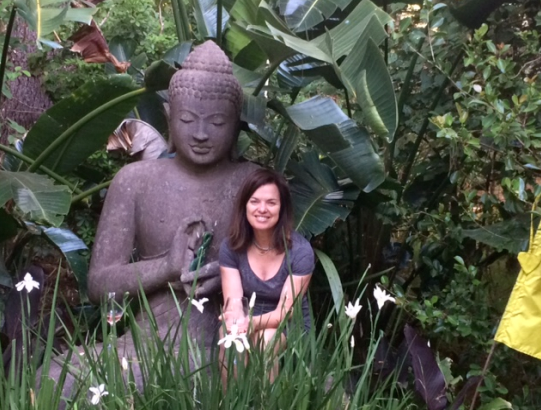
Yoga course, tips and inspiration
Laying the Foundation for your health… I have focused this newsletter on vibrational energy and health. Prana (life-force) is the common
Ayurveda Health Auckland, New Zealand

Laying the Foundation for your health… I have focused this newsletter on vibrational energy and health. Prana (life-force) is the common

Newsletter – November/December 2016 Living according to the season – the summer months How I love summer. The sun is out,
Isn’t this interesting… Our amazing body is designed to preserve its own health. It is constantly replenishing its cells. Every